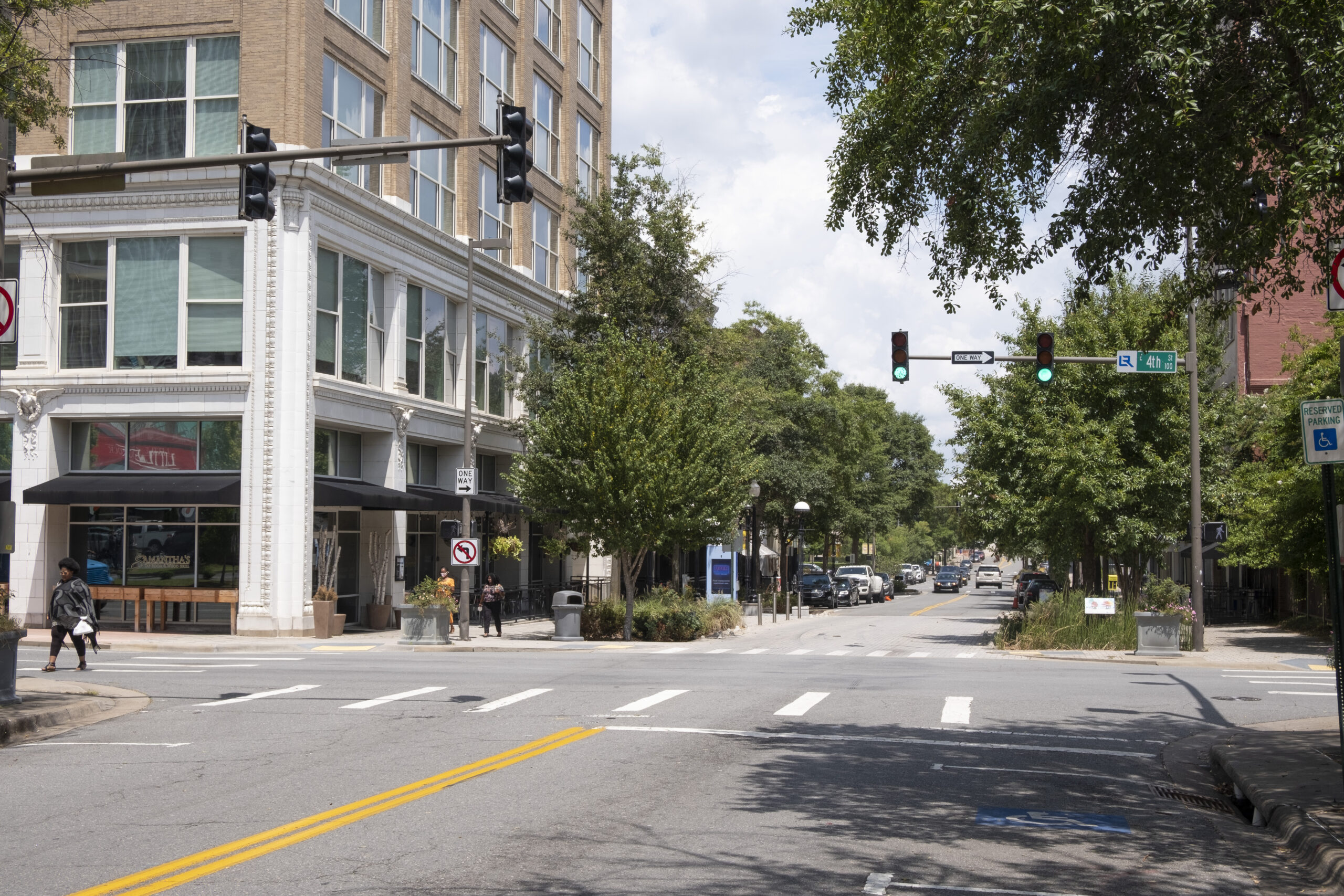Ever since humankind started congregating into fixed locales a reoccurring set of living patterns has emerged. What can we learn from our history of settlement that can improve our lives today?
We know that access matters. Access means connectivity. The economics of each person, household and higher-level organization requires shelter or location and easy access to the necessities of existence. The introduction of currency, sophisticated economies or the desire for luxury goods does not change this formula. For the highest quality of life or greatest productivity, access is critical. Our built environment must provide the connectivity that allows access if that locale is to be successful.
This is still true today. We need jobs, yes, but also affordable homes near those jobs. And shops nearby. The raw materials of life must be within reach. The demands of a fuller life, citizenship and health also make accessibility requests. Whatever is critical to our lives must be accessible.
For a century our patterns of living have been dominated by the automobile, diminishing almost all other factors contributing to that pattern. The shared street was no longer shared; connectivity brought danger. Fear of automobiles twisted our subdivision streets into mazes and blocked connectivity with cul-de-sacs. Our automobile addiction main-lined wider streets to catch up with connectivity. Wider means safer, of course, in the traffic engineering faith.
Some land uses became more repugnant. Land uses where people gather were banished and lumped together because cars also gather there. Large parking lots were garish places when full or desolate when empty. People revolting against this sought homes far away. Rigid zoning separations were the defense against obnoxious land uses. As they fled these car-scapes, people flooded into former fields harvested for development instead of foodstuffs, all to create manors the size of suburban lots and castles in single-family, detached homes. We became transhumant once more, migrating back and forth across our region in a daily rhythm rather than seasonal, for jobs and necessities rather than pasturage.
Living further away also demanded automobiles. In a self-perpetuating cycle, more automobiles required multilane streets. Distance, touted as a salvation, became a burden. Bigger streets created “No Man’s Lands.” Streets become barricades. Necessities were further away across barriers, all requiring more automobiles. And around we go again.
After a century of planning for the automobile, we have created a world dependent on the automobile, lifestyles and budgets that must bear a tremendous hidden cost, and a society that cannot figure out how to help those without a car.
In our embrace, our disdain and our accommodation of the automobile, we have forgotten how best to live. Let’s restore that old formula and re-establish those old patterns. Let’s not react to the automobile, but sensibly plan for it — with one major caveat. For a century we have built a car-friendly world. We must start here, in this poorly built world with people who love it.
We have three tasks: 1.) We must reinvigorate areas built before the car; and 2.) we must retrofit areas built to accommodate the car; and 3.) we must change the way we build new. We should remember that great cities have long been built upon themselves. Troy had at least 10 layers, 10 different Troys built atop one another. Rome had layers upon layers, as does London and Paris. Why? The critical land near the city center was close to citizens’ needs. Why walk further than that? Accessibility has always dominated city planning.
In our cities, the areas built before the car have well-connected streets. They are well-located but terribly underutilized. These are easy areas to restore. Give investors and developers incentives to build new back into these areas where infrastructure already exists. Let them experiment with small-scale multifamily, mixed use and add upper floors. Cities should give the sidewalks, street signs and street lights a little TLC. Add walkers back on side streets — think about that! Add park space following the 10-minute-walk neighborhood concept.
Second, and this is tough, we must retrofit new connectivity into car-centric, post-World War II areas where we forgot to build sidewalks for 50 years. This means capturing access with every new permit and building sidewalks to nowhere — for a time. That means acquiring new easements for new walking paths and bikeways where possible. This means allowing different structures and land uses in older areas when neighborhood lifecycles allow flexibility, but with area sensitivity.
Third, we should redraft regulations for all new development. We need to drop the myth that wider is safer. Local streets should be much narrower and force cars to drive slowly. Base safety on the walker moving 3 mph, not a car driving 30. Plan different land uses closer together, even integrated, while paying close attention to what things look and act like. Parking minimums should be replaced by maximums, lot sizes, building setbacks, and block sizes made shorter, and more connecting roads built. Closed loop subdivisions should be banned and cul-de-sacs should give walkers a more direct path than vehicles. Smaller, denser, fine-grained and interconnected is the goal. Urban form should be encouraged; suburban tamed.
We know how to live better lives. The pattern of life is written into the DNA of old cities everywhere. It is what makes Main Street, Disney World feel quaint and adds the charm to old cities of Europe. This kind of world doesn’t have to be relegated to vacations.
Accessibility is connectivity and connectivity is created by rules. We can change the rules. By removing the automobile as the centerpiece of our planning, we might discover those older patterns of living are now pretty accessible. And everything ties back to accessibility.
Tab Townsell is the executive director of Metroplan.
Change the rules: Remove the automobile from planning prominence.



